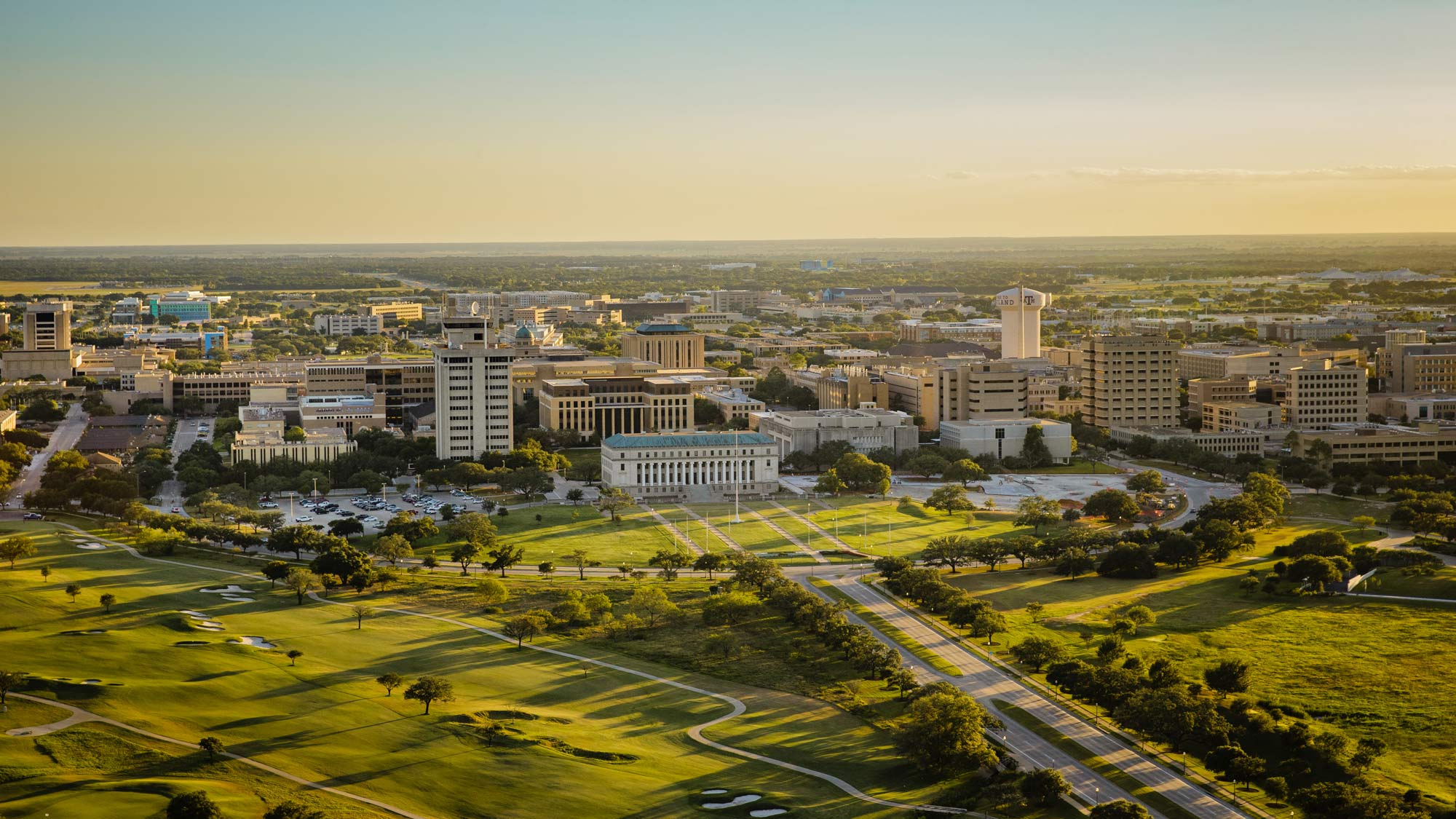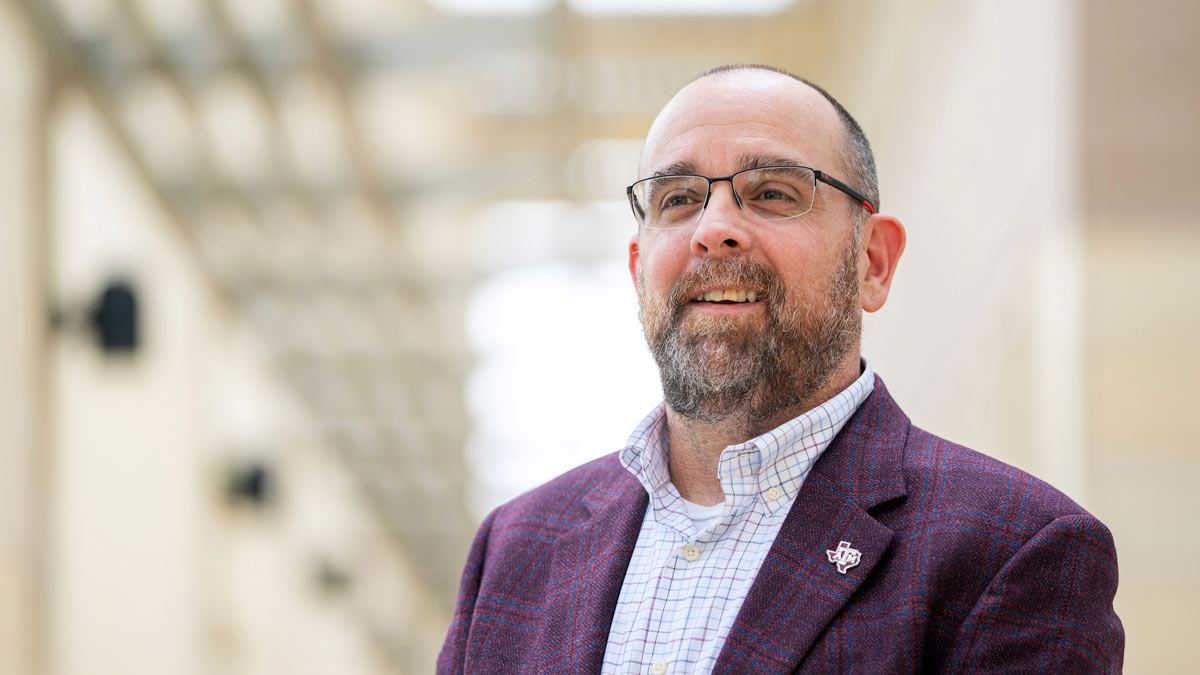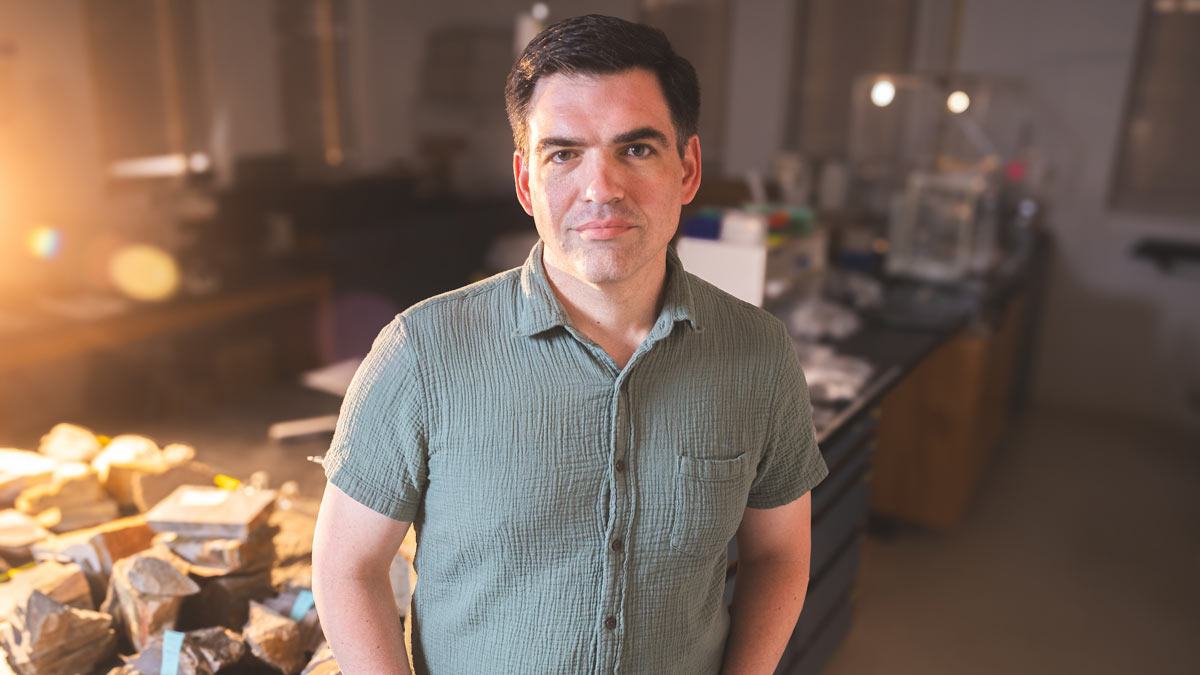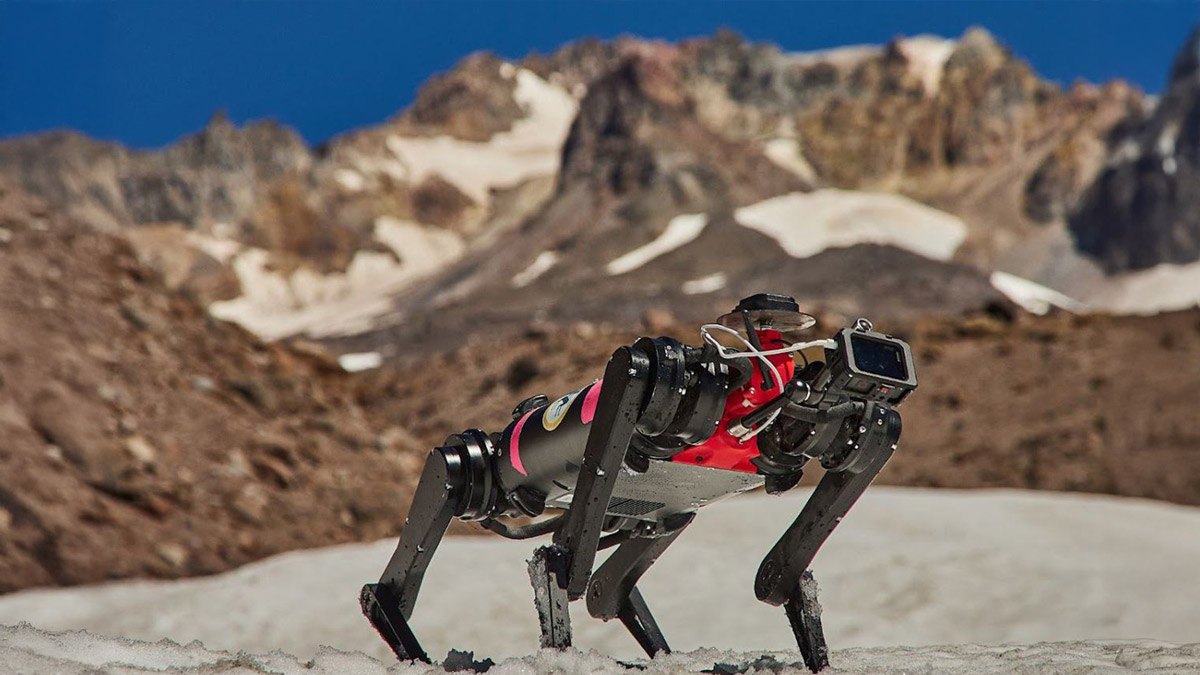
space
Researchers are testing a virtual assistant that may help astronauts solve unexpected problems during space travel.
Growing Homes On Mars: Texas A&M Research Pioneers Autonomous Construction Using Synthetic Lichens
Jun 24, 2025 • 4 min. readNew self-growing technology could revolutionize Martian architecture by using living biomaterials to 3D print structures — without human intervention.
Texas A&M’s aerospace medicine program is pioneering research and education that supports the health of astronauts during long-duration spaceflight.
New Self-Healing Polymer Possesses A Quality Never Before Seen At Any Scale
May 5, 2025 • 7 min. readMaterial scientists at Texas A&M have developed a dynamic material that self-heals after puncturing by changing from solid to liquid and back.
Spacecraft That Sweat? A Cool New Way to Tackle Atmospheric Reentry
Apr 30, 2025 • 4 min. readAs space travel becomes more common, the need to reuse spacecraft will rise. The solution may be spacecraft that “sweat.”
New Study Unveils Volcanic History And Clues To Ancient Life On Mars
Apr 25, 2025 • 5 min. readThe proof may be in the pudding, but according to a Texas A&M University geologist, when it comes to ancient life on the Red Planet, the proof is in the rocks.
Texas A&M University’s Mays Business School Announces Partnership With Creative Destruction Lab
Apr 2, 2025 • 3 min. readNine-month mentorship program aims to accelerate early-stage energy and space technology startups.
From greenhouses to galaxies, doctoral student Jess Atkin’s research could shape the future of lunar farming.
Texas A&M Student’s Work Lands On The Moon With Firefly’s Blue Ghost Mission
Mar 12, 2025 • 3 min. readAerospace engineering senior Garrett Stevenson contributes to lunar lander project under NASA’s Artemis program.
Pioneering Planetary Exploration With LASSIE: Texas A&M’s Role In Robotic Innovation
Mar 3, 2025 • 4 min. readTexas A&M is one of six universities collaborating with NASA to teach dog-like robots to navigate on challenging surfaces to better prepare for planetary exploration.



